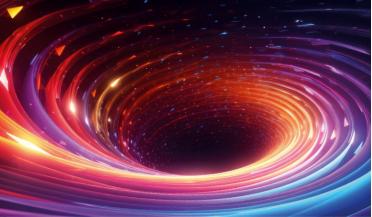 April 2024
Rotation in the Universe
April 2024
Rotation in the Universe
... that we are trying to account for that single remaining spiral galaxy’s angular momentum in the context of a Big Bang (or Big Crunch) event. Recalling that the angular momentum of a rotating object is given by the expression mωr (where m is mass...
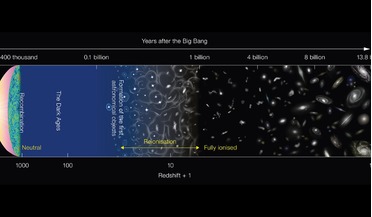 29 January 2018
Astronomers discover a fossil of the Reionisation era
29 January 2018
Astronomers discover a fossil of the Reionisation era
... around a few hundred million years or so after the Big Bang, the Universe was a very dark place, devoid of stars... and it occurred approximately 240,000 to 300,000 years after the Big Bang. This is not to be confused with the epoch of Reionisation. ...
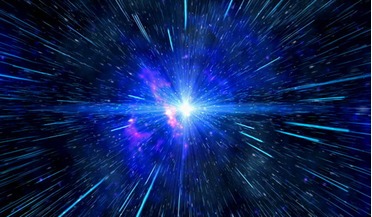 01 February 2017
Researchers find substantial observational evidence for a holographic Universe
01 February 2017
Researchers find substantial observational evidence for a holographic Universe
... the theory behind it - the theory of inflation. Developed in the 1980s to explain several puzzles with the standard Big Bang theory, the Inflation theory proposes that a period of extremely rapid and exponential expansion of the Universe occurred...
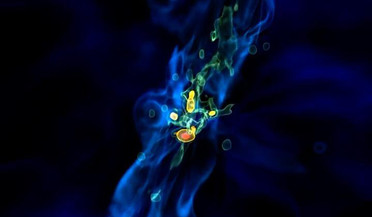 22 March 2017
Massive quasars can be powered by direct collapse black holes say scientists
22 March 2017
Massive quasars can be powered by direct collapse black holes say scientists
...that were formed less than a billion years after the big bang. Last year, scientists discovered evidence for an unusual kind ...hole. Although the first generation of stars created after the Big Bang can collapse to form black holes, they didn’t work as...
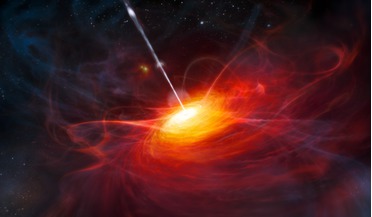 12 September 2016
New study doubles the number of known quasars
12 September 2016
New study doubles the number of known quasars
... them for decades to help them figure out what happened in those first billion years after the Big Bang. What is known is that after the Universe had cooled sufficiently to allow the first protons and electrons...
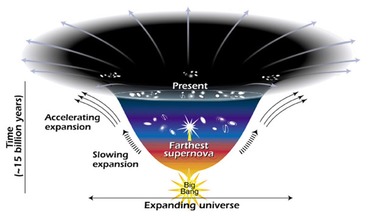 24 October 2016
New research questions the rate at which the Universe is expanding
24 October 2016
New research questions the rate at which the Universe is expanding
... been used to infer an accelerating Universe. Information on the cosmic microwave background (CMB) - the faint afterglow of the Big Bang - has also been used to support the same idea. However Professor Sarkar is also apprehensive about the...